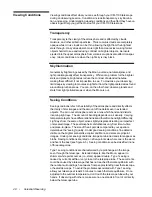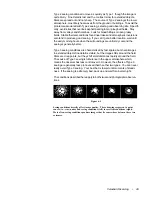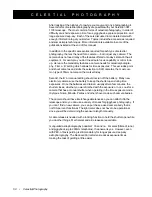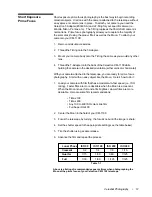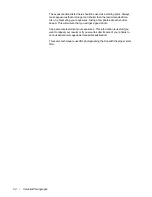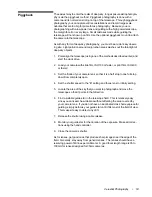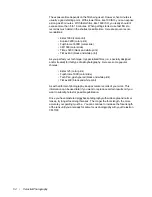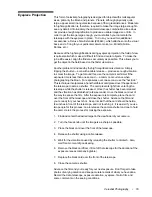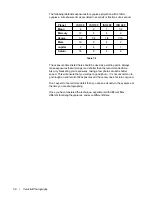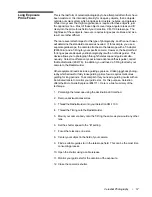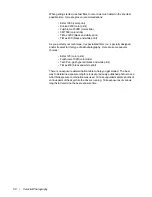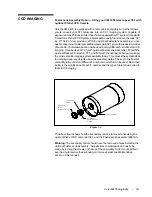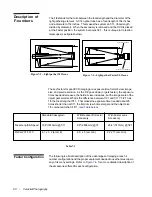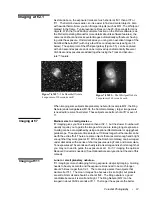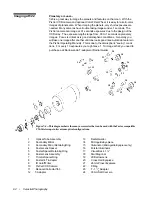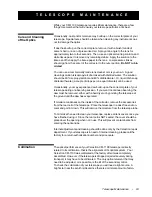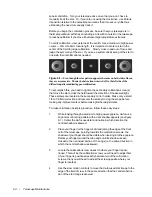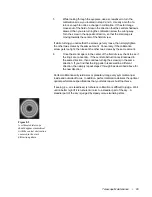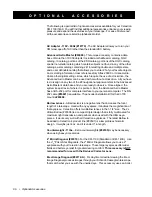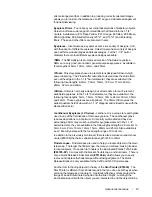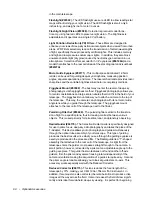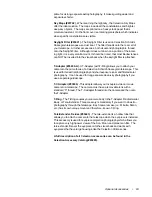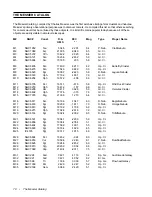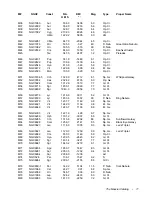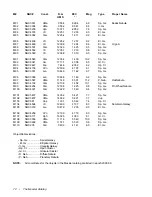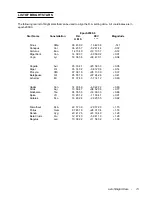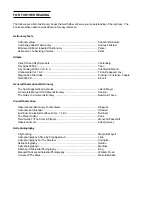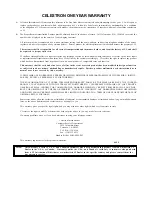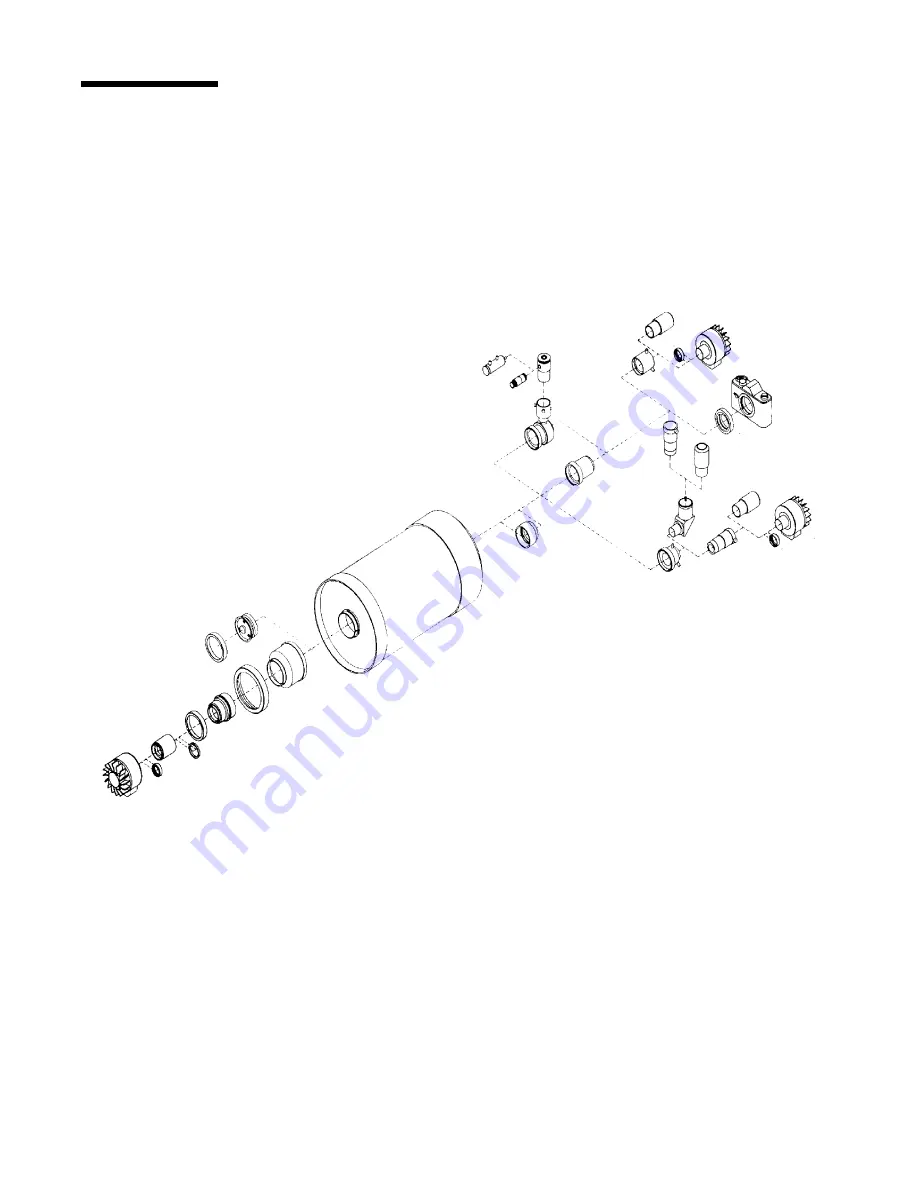
62 • Celestial Photography
2
3
1
4
5
3
6
8
9
7
13
12
14
11
10
15
18
16
17
19
10
9
20
24
21
20
22
19
10
23
Planetary or Lunar--
f/20 is a great way to image the planets and features on the moon. With the
PixCel CCD camera and optional Color Filter Wheel, it is easy to take tri-color
images of planets also. When imaging the planets, very short exposures are
needed. Many cameras have trouble taking images under .1 seconds. The
PixCel camera can image at .01 seconds exposures due to the design of the
CCD array. The exposure lengths range from .03 to .1 seconds on planetary
images. Focus is critical as is good atmospheric conditions. Generally you
will take one image after another until one looks good (see AutoGrab feature in
the PixCel Operating Manual). This is due to the atmospheric “seeing” condi-
tions. For every 10 exposures you might save 1. To image at f/22 you need to
purchase a 2x Barlow and a T-adapter or Radial Guider.
1
Optical Tube Assembly
13
Radial Guider
2
Secondary Mirror
14
Microguide Eyepiece
3
Secondary Mirror Retaining Ring
15
Illuminator (Microguide Eyepiece only)
4
Fastar Lens Spacer
16
Pulstar Illuminator
5
Fastar Spacer Retaining Ring
17
Visual Back 1 ¼”
6
Fastar Lens Assembly
18
Star Diagonal
7
Tricolor Spacer Ring
19
2X Barlow Lens
8
Fastar 14 T-Adapter
20
Cross Hair Eyepiece
9
IR Cutoff Filter
21
26mm Plossl Eyepiece
10
PixCel CCD Camera
22
T-Ring
11
Reducer/Corrector f/6.3
23
T - 1
1
/
4
" Adapter
12 T-Adapter
24
35mm SLR Camera
Imaging at f/22
Figure 7-6 -- This diagram shows the many accessories that can be used with the Fastar compatible
CM-14 telescope in its various optical configurations.

